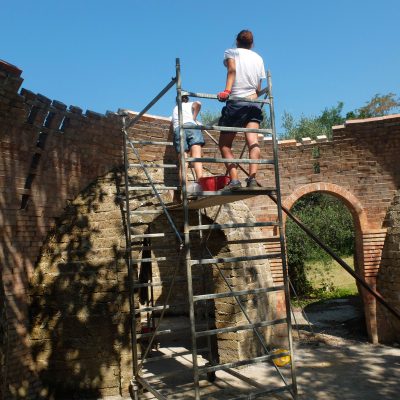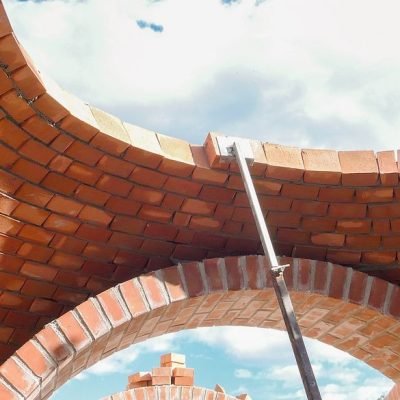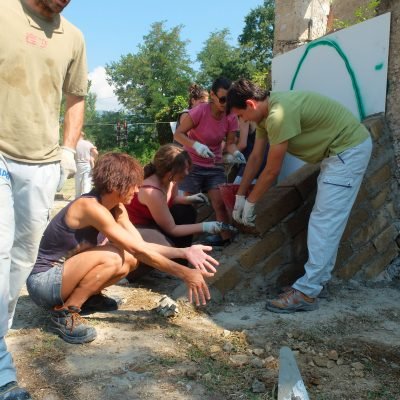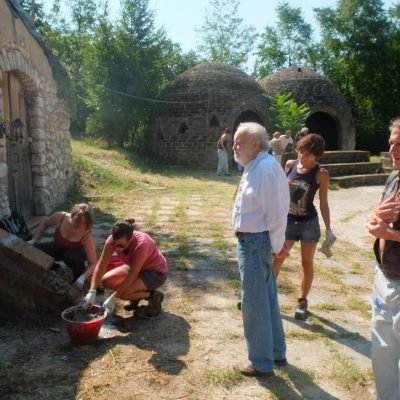C:L.A.C.'s Story
Since its inception, "The Domes" have played a central role in our territory, representing a place of connection, exchange and openness.
An example of Mediterranean architecture, they were built in the early 2000s as part of an innovative architectural project based on cooperation and sustainability, led by architect Fabrizio Caròla (1931-2019).
Fabrizio Caròla,
honorary
citizen of San
Potito Sannitico
since 2010
caròla’s vision: the dome as a model for collaboration
Caròla was a unique Neapolitan architect whose work spanned between Africa and Italy. A visionary man, he conceived the dome’s configuration -where each individual brick “collaborates” to support the entire structure-, as a suggestion for socioeconomic change, advocating for a shift from our current competition-centered system to one based on collaboration. For him, the dome was the ideal environment to foster this cooperation, providing a space free from tensions or spatial hierarchies.
“I retain that curved and articulated surfaces are closer to the shape of nature and therefore more suitable for enclosing or accompanying the human life.”
Fabrizio Caròla
Neagora 7 piazze: a living experiment
Being a man of action, he projected “N:EAGORA 7 piazze:A Village to experiment a hypothesis of the future”, a place where people could live architecture and above all, freely express their creativity.
Located in San Potito Sannitico, the project served as a permanent workshop and construction site for training and research into new housing typologies and lifestyles. Thus, "The Domes" were built in an orchestrated manner between 2000 and 2017, with the collaboration of students, architects, landscapers and curious people from around the world, all welcomed by our town’s citizens.
the domes today: C:L.A.C.
In the same spirit, we have decided to transform this space into a place that generates a new vision of and for the territory.
Currently used as a multidisciplinary coworking artistic space, C:L.A.C. aims to become a hub for the reception, production and development of contemporary artistic languages in the region’s hinterland.




To build the domes, Caròla employed the “compass”, a tool recovered from an ancient Nubian building tradition. This technique consents to build self-supporting domes without centring, leading to significant material savings, rational use of natural resources, and eliminating the need for specialised labour.
Additional info:
If you’d like to learn more about Fabrizio Caròla, check out this interesting documentary portrait project or this article.
